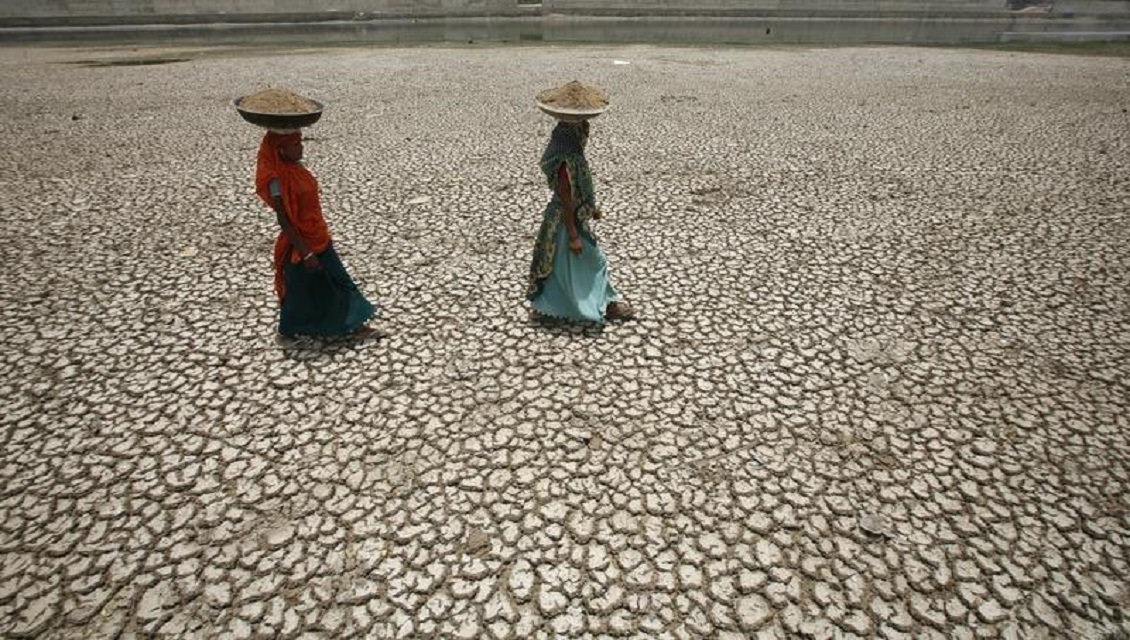
Researchers of the study's team examined projections from 27 global climate models to identify the areas of the world where aridity substantially changes from previous year-to-year variations when global warming hits 1.5 degrees Celsius and two Celsius above pre-industrial levels.
They found that the change in world temperature could increase the threat of drought and wildfires if the goal of the Paris Agreement on global warming is not achieved.
The Paris accord, which took effect on November 4, 2016, urged countries to cut greenhouse gas emissions so as to bring the world temperature change under two degrees Celsius.
The researchers predicted that over 20 percent and 30 percent of the world's land surface would become arid by the time the global mean temperature change reaches two degrees Celsius.
However, they believed that two thirds of the affected regions could avoid significant aridity if global temperature change is limited to 1.5 degrees Celsius.
Aridity is a measure of the dryness of the land surface, obtained from combining precipitation and evaporation.
The study was conducted by an international team, including the University of East Anglia, a public research university in Norwich, England.

1722586547-0/Untitled-design-(73)1722586547-0-165x106.webp)


1732326457-0/prime-(1)1732326457-0-165x106.webp)




1731325890-0/trump-(24)1731325890-0-270x192.webp)







COMMENTS
Comments are moderated and generally will be posted if they are on-topic and not abusive.
For more information, please see our Comments FAQ